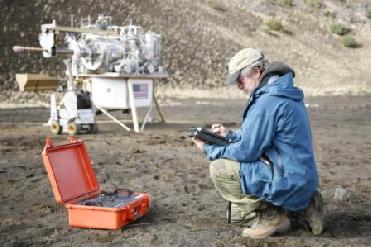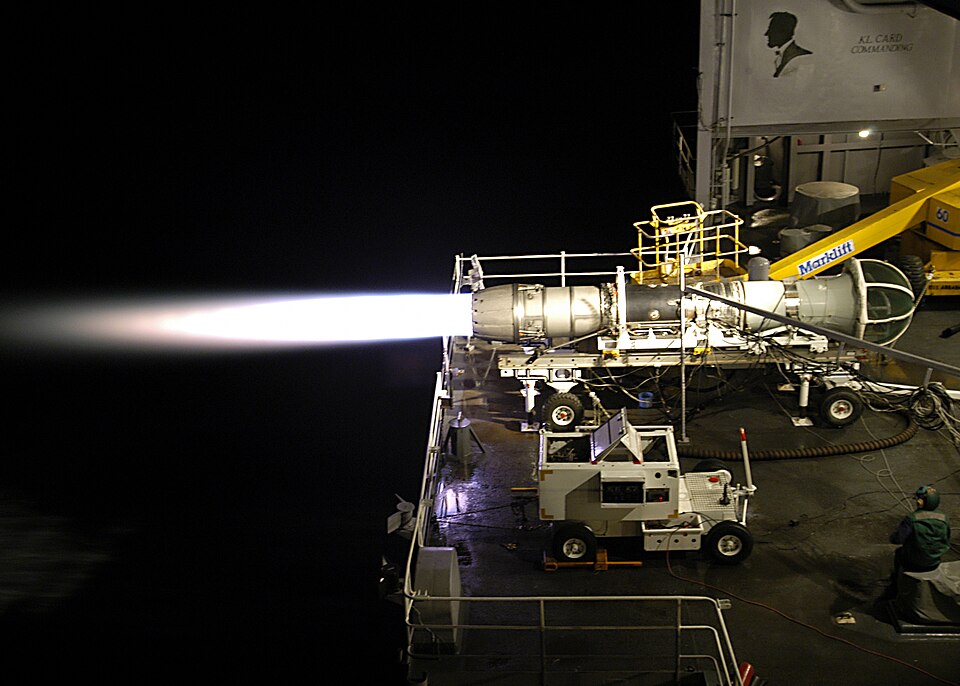
Decades of work preparing a miniaturized laboratory for identifying minerals on Mars have also yielded spinoff versions with diverse applications on Earth and, possibly, the moon. NASA photo
PASADENA, CALIFORNIA (BNS): NASA's Curiosity rover has a newly installed component 'CheMin' an X-ray instrument for helping the mission achieve its goals.
The Chemistry and Mineralogy (CheMin) instrument will identify minerals in samples of powdered rock or soil that the rover's robotic arm will deliver to an input funnel, a JPL statement said.
Researchers will use Curiosity in an intriguing area of Mars to search for modern or ancient habitable environments, including any that may have also been favorable for preserving clues about life and environment.
CheMin is roughly a cube 25 centimeters (10 inches) on each side, weighing about 10 kilograms (22 pounds).
The instrument uses X-ray diffraction, a first for a mission to Mars and a more definitive method for identifying minerals than any instrument on previous missions, the statement said.
All minerals are crystalline, and in crystalline materials, atoms are arranged in an orderly, periodic structure, causing the X-rays to be scattered at predictable angles. From those angles, researchers can deduce the spacing between planes of atoms in the crystal.
"You get a series of spacings and intensities for each mineral," Blake said. "It's more than a fingerprint because it not only provides definitive identification, but we know the reason for each pattern, right down to the atomic level."
Some minerals detectable by CheMin, such as phosphates, carbonates, sulfates and silica, can help preserve biosignatures. Clay minerals trap and preserve organic compounds under some conditions. Other minerals that CheMin could detect might also have implications about past conditions favorable to life and to preservation of biosignatures.
"We'll finally have the ability to conduct a wide-ranging inventory of the minerals for one part of Mars," said John Grotzinger of the California Institute of Technology in Pasadena, chief scientist for the Mars Science Laboratory.
"This will be a big step forward. Whatever we learn about conditions for life, we'll also get a great benefit in learning about the early evolution of a planet," he said.
 Next Article
Next Article












The Indian Air Force, in its flight trials evaluation report submitted before the Defence Ministry l..
view articleAn insight into the Medium Multi-Role Combat Aircraft competition...
view articleSky enthusiasts can now spot the International Space Station (ISS) commanded by Indian-American astr..
view article